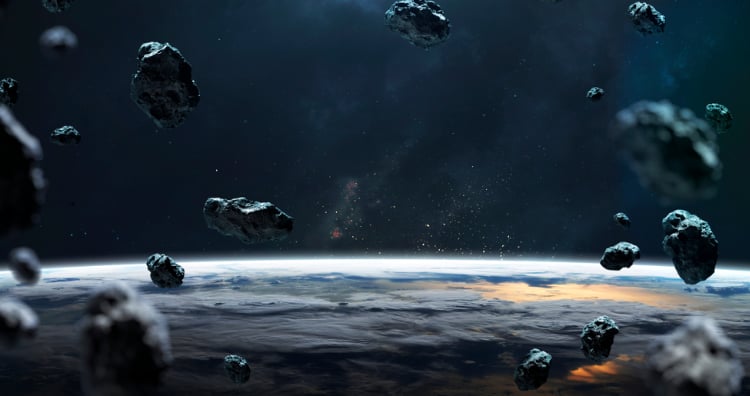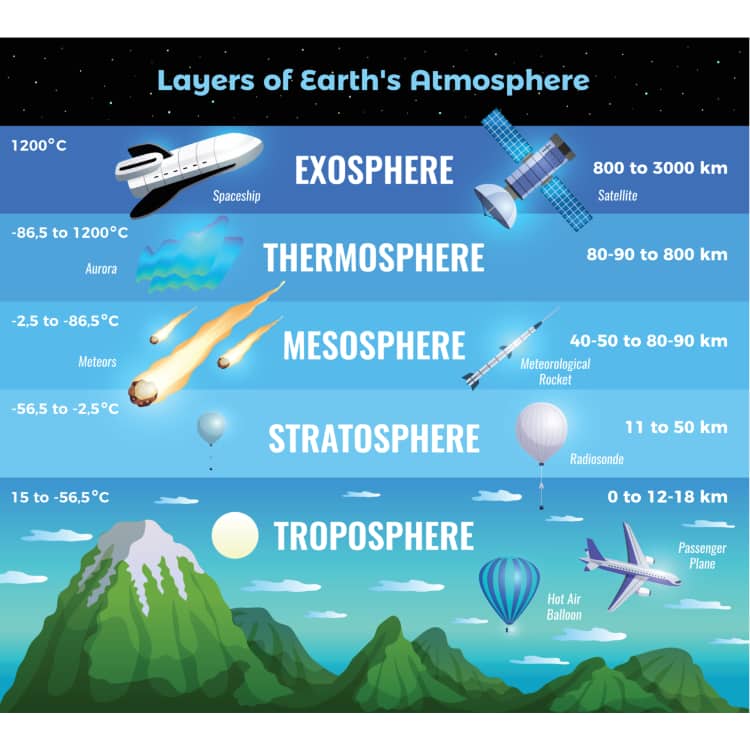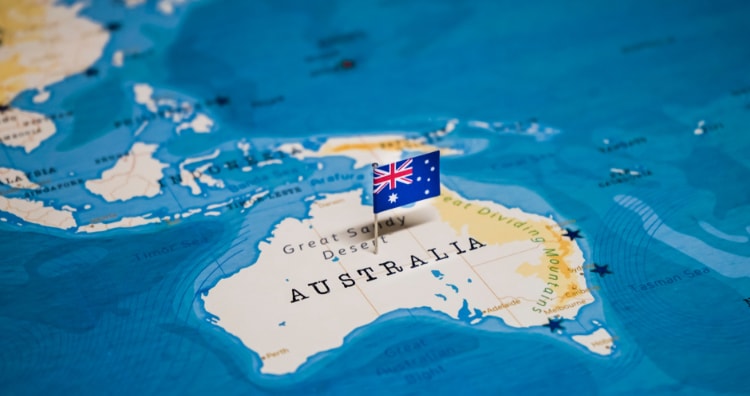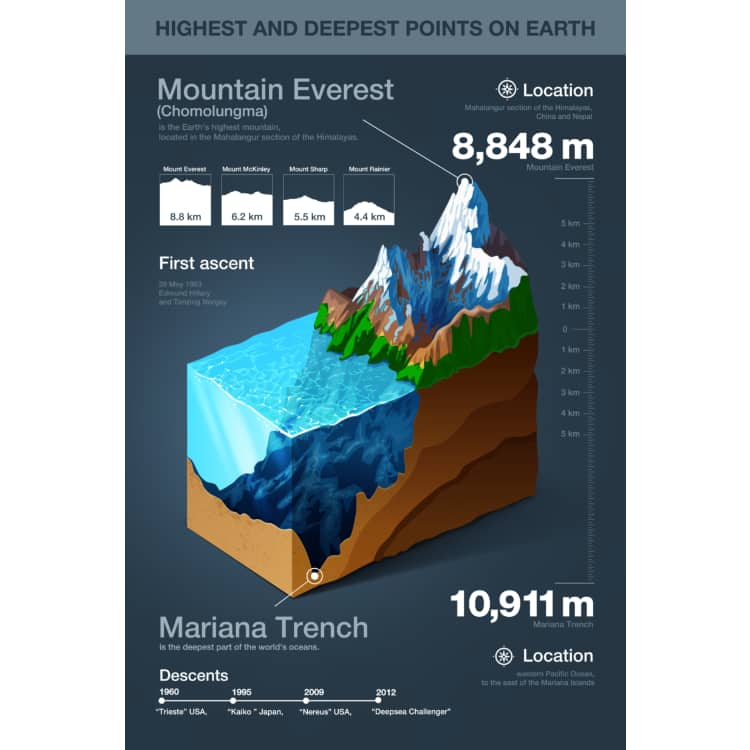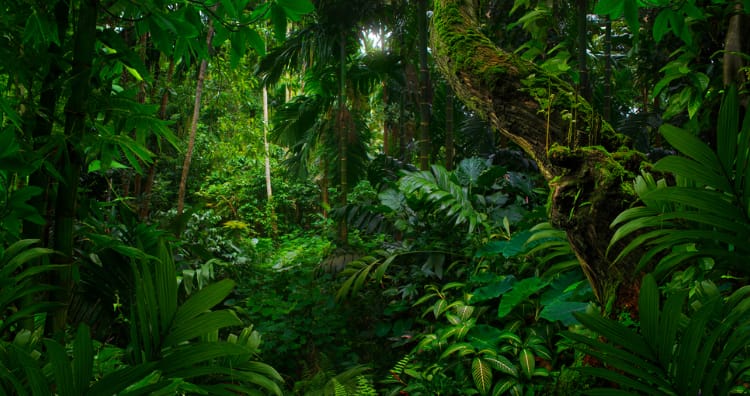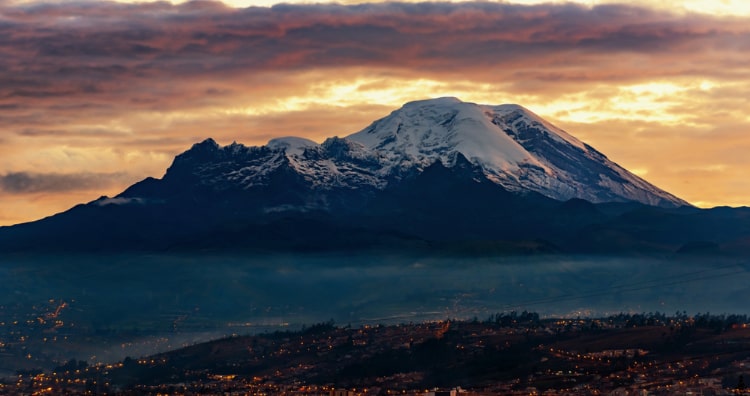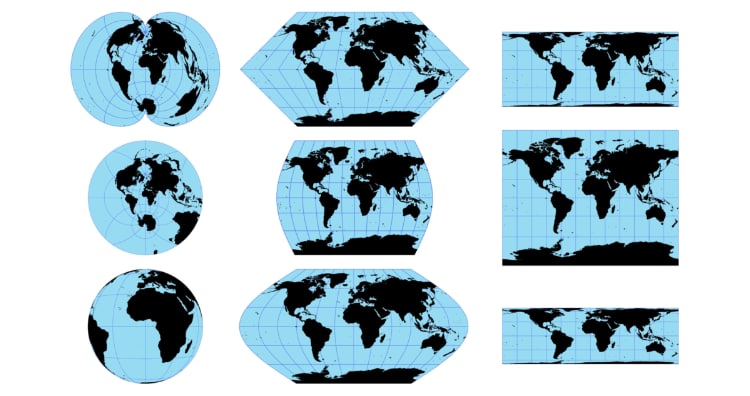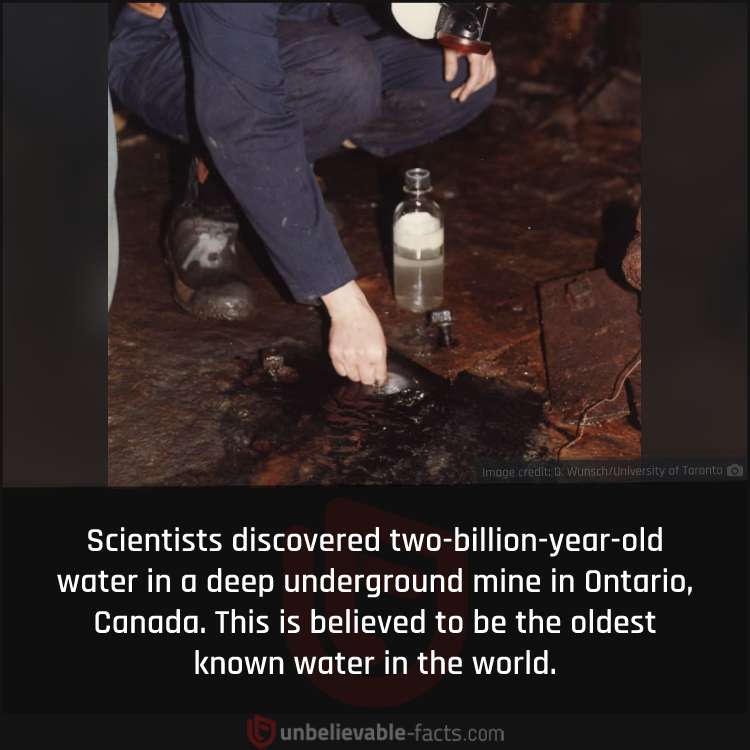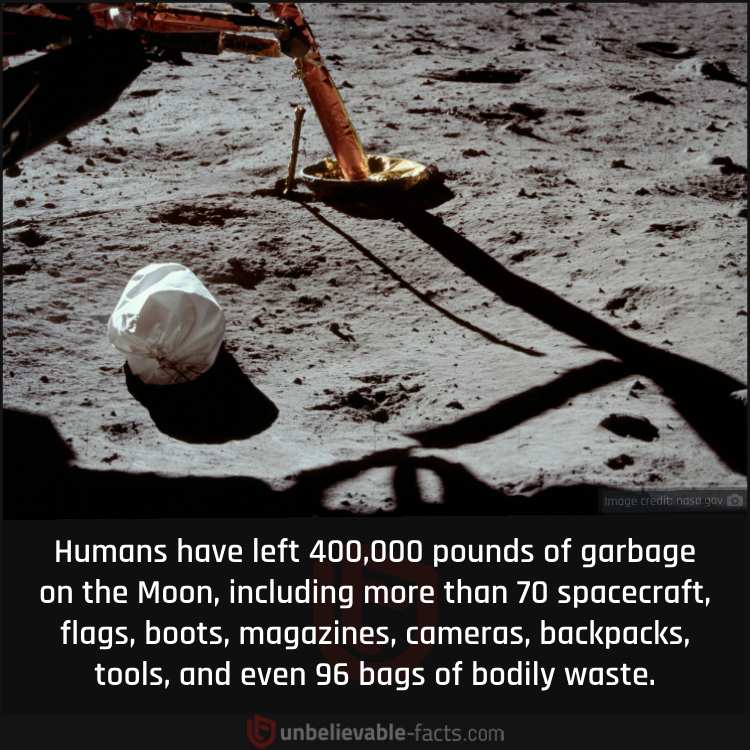71 Interesting Facts About the Earth
Table of Contents
36/71
Distance between the Earth and the Sun can be described as about eight light-minutes.
The Sun’s light takes about eight minutes to reach the Earth, and since sunlight travels at the speed of light (299,792,458 meters per second in a vacuum), the Sun we see now is how it was about eight minutes ago when the light left it.
37/71
The Moon is not the Earth’s only companion in space, as the planet revolves around the Sun.
There are other objects in space that are our planet’s fellow travelers. One example is the asteroid 3753 Cruithne, which revolves around the Sun. Since this asteroid takes about the same time as the Earth to do so, it looks like it is following the Earth. There are also other objects called “Earth trojans” that go around the Sun and have similar orbits to the Earth.
38/71
Currently, Earth is the only body in the Solar System with stable forms of surface liquid water.
However, other bodies, like Jupiter’s moon Europa, appear to have liquid oceans under the surface.
39/71
Earth gets most of its oxygen from the oceans.
Fifty to 80 percent of our oxygen comes from marine plankton. One in particular, called Prochlorococcus, is tiny but makes a sizable contribution to the world’s oxygen.
40/71
The planet’s core is 2.5 years younger than the crust.
This is due to Einstein’s relativity theory. The differences in gravitational potential between the crust and the core mean that the core ages slower than the crust.
41/71
The atmospheric layer closest to the Earth’s surface, called the “troposphere,” contains most of the atmosphere’s mass.
This layer holds about three-fourths or 75 to 80 percent of the mass of the total atmosphere on Earth.
42/71
The Earth’s atmosphere has a “zone of silence.”
Above about 160 kilometers (99 miles) in the Earth’s atmosphere, the air density is too low for sound waves to travel. This region is also called the “anacoustic zone.”
43/71
The Earth’s revolution around the Sun doesn’t take exactly 365 days.
It actually takes 365 days and 6 hours. But we consider a year to be 365 days and add the outstanding ¼ of a day to the calendar every fourth year, creating leap years.
44/71
All continents float on tectonic plates, but Australia has one of the fastest-moving ones.
Australia’s tectonic plate was said to be moving north nearly 3 inches a year. In contrast, the North American plate moves just about one inch a year.
45/71
Like the oceans, the Earth’s crust, too, has “land tides.”
The Earth’s oceans have tides primarily because of the Moon’s gravitational pull. However, it is not just the oceans that have tides. Land areas also experience something similar, called “land tides.” So, as the Moon revolves around the Earth, the landmasses also bulge and dip, although to a much lesser extent than the oceans.
46/71
Earth’s gravity is not the same everywhere because its mass is not evenly distributed.
Gravity is determined by the mass of an object. The higher an object’s mass, the stronger its gravitational pull. But since the Earth’s features (mountains, oceans and so on) have different masses, it has an uneven gravity field.
47/71
The poles are closer to the Earth’s center than the equator because of the planet’s shape.
The Earth, as we know, is an oblate spheroid. So, because it is flatter at the poles than at the equator, the poles are slightly closer to the Earth’s center than the equator.
48/71
The Earth wobbles as it spins on its axis.
One reason for this is the gradual rising of land masses due to the glaciers on them disappearing after the last ice age. A second reason is the slow movement of the Earth’s mantle. The third cause is the ice caps melting and the sea levels rising.
49/71
Due to the Earth’s orbit, the Sun is stronger in Australia during the summers.
The Earth’s elliptical orbit places the Southern Hemisphere closer to the Sun than the Northern Hemisphere during summers. So, the summer Sun in Australia is seven to 10 percent stronger than in similar latitudes up north.
50/71
Mariana Trench is the deepest part of the Earth’s oceans.
The Mariana Trench is nearly 11 kilometers or seven miles deep. If Mount Everest (close to 9 kilometers tall) were placed in it, it would still be underwater by about two kilometers.
51/71
Antarctica has about 90 percent of the Earth’s ice.
It also contains approximately 71 percent of the world’s freshwater.
52/71
Earth’s longest mountain range is actually mostly underwater.
This is the mid-ocean ridge, and it spans about 40,389 miles around the globe. It is a continuous range of underwater volcanoes formed due to tectonic plate activity. They form a long mountain chain that crisscrosses the globe like the seams on a baseball.
53/71
Point Nemo is the farthest location from land in the Earth’s oceans.
It is the farthest point from any land, and sometimes, the closest humans to it are the astronauts aboard the International Space Station!
54/71
Antarctica has a region that is considered very close to the environment on Mars.
According to NASA, the McMurdo Dry Valleys in Antarctica are considered the closest of any terrestrial environment to planet Mars. This region lacks snow or ice cover and has extremely low humidity. Researchers have also found photosynthetic bacteria living in the relatively moist interior of rocks.
55/71
The lowest point of land on Earth is the Dead Sea depression.
This point on land is about 1,300 feet (400 meters) below sea level.
56/71
Although rising sea levels are a global concern, in some places on Earth, sea levels seem to be dropping relative to land.
According to the European Environment Agency, the global mean sea level has risen about 21 centimeters since 1900. But in some places, the sea levels relative to land seem to be dropping. This is because of a phenomenon called “post-glacial rebound.” In this, landmasses that were previously depressed by the weight of ice sheets from the last ice age rise up as the weight of the ice sheets disappears. So, in some places like the northern Baltic Sea coast, sea levels appear to be falling relative to land because the land is still rising.
57/71
The Earth doesn’t have many craters because it constantly erases them.
The Earth has only about 180 craters on it. This is because it is quite adept at erasing craters through erosion, plate tectonics, and volcanism.
58/71
The Earth has more trees than the Milky Way has stars.
Scientists have estimated that the Earth has approximately 3.04 trillion trees. On the other hand, the Milky Way Galaxy has only 100 to 400 billion stars in it.
59/71
Most of the Earth’s gold is likely held in its core.
During the Earth’s early history, it was likely covered in a sea of kilometers-deep molten rock. Then, as the planet developed, this “magma ocean” would have reacted with metals like gold, extracting them and eventually depositing them into the Earth’s core. According to geologist Bernard Wood, the core has more than 99 percent of the world’s gold. If this gold were on the surface, it could cover the entire land area up to a depth of half a meter.
60/71
The hottest part of the day on Earth is not noon but the afternoon.
Noon is when the Earth’s atmosphere permits the most amount of sunlight. But the hottest part of the day is usually the afternoons because it gets progressively hotter as the Earth stores energy throughout the day.
61/71
The summit of Mount Chimborazo in Ecuador is the farthest point from the Earth’s center.
Mount Chimborazo’s summit is about 6,260 meters (more than 20,000 feet) above sea level. Due to the Earth’s bulge at the equator, Mount Chimborazo’s summit is over 2,072 meters (6,800 feet) farther from the Earth’s center than the peak of Mount Everest, the mountain usually said to be the highest on the planet. This also makes Chimborazo the closest point on Earth to space.
62/71
Every year, the Earth has tons of cosmic dust rain on it.
About 15,000 tons of extraterrestrial dust enter the Earth’s atmosphere. But only 5,200 tons of it settles on the Earth’s surface each year.
63/71
A rare primordial form of helium may be leaking out of the Earth’s core.
Most of this gas, helium-3, was formed in the universe soon after the Big Bang. So, its presence in the Earth’s core suggests that our planet was formed inside a thriving solar nebula – the vast cloud that likely led to the formation of the Solar System – and not on its periphery or during the waning phase.
64/71
Most maps do not portray the Earth’s continents accurately.
Mercator projection is a type of map projection first presented by Flemish cartographer Gerardus Mercator. Maps with this projection distort the sizes of continents to fit them on a flat surface. So, while Russia has an area of just about 17 million square kilometers (as opposed to Africa’s approximately 30 million square kilometers), the country appears bigger than it is.
65/71
The Earth likely experiences about 44 lightning strikes every second.
As reported by the UK’s Meteorological Office, this estimate suggests that in a year, the Earth experiences about 1,400,000,000 lightning flashes!
66/71
Very few organisms that lived on Earth have ever been fossilized.
Fossils have helped us learn about ancient organisms that once roamed our planet. However, since most organisms decompose fairly quickly, fossilization is a relatively rare process. This then means that most of life’s history on Earth will probably remain unknown to us.
67/71
The Earth’s rocks recycle themselves.
The main types of rocks are igneous (formed when magma cools), metamorphic (rocks changed by heat and pressure), and sedimentary rocks (formed from sediments created through weathering and erosion). Each of these can essentially form and be formed from one another.
68/71
Scientists have estimated the number of sand particles on Earth.
According to science writer David Blatner, a group of researchers at the University of Hawaii estimated that there are (very) roughly 7.5 x 1018 or seven quintillion five hundred quadrillion grains of sand on Earth.
69/71
Earth’s magnetic field is weakening.
Due to the movements of the Earth’s molten outer core, the planet has a magnetic field around it. This magnetic field is weakening over a region called the “South Atlantic Anomaly,” extending from Africa to South America. According to the European Space Agency (ESA), the Earth’s magnetic field has weakened about nine percent on a global average over the past 200 years.
71/71
Meteorites may have brought the compounds that encode DNA and RNA to Earth.
In a study published in 2022, researchers analyzed meteorites that were rich in organic compounds. Earlier studies had found some of the nucleobases that encode genetic material (DNA and RNA) in meteorites. But this study has found the remaining ones from the set. This then indicates that the building blocks required for the emergence of life on Earth might have been delivered from outer space billions of years ago.
71/71
The Oldest Known Water Was Discovered in Canada
Scientists discovered two-billion-year-old water in a deep underground mine in Ontario, Canada. This is believed to be the oldest known water in the world.
71/72
Garbage on the Moon
Humans have left 400,000 pounds of garbage on the Moon, including more than 70 spacecraft, flags, boots, magazines, cameras, backpacks, tools, and even 96 bags of bodily waste.















